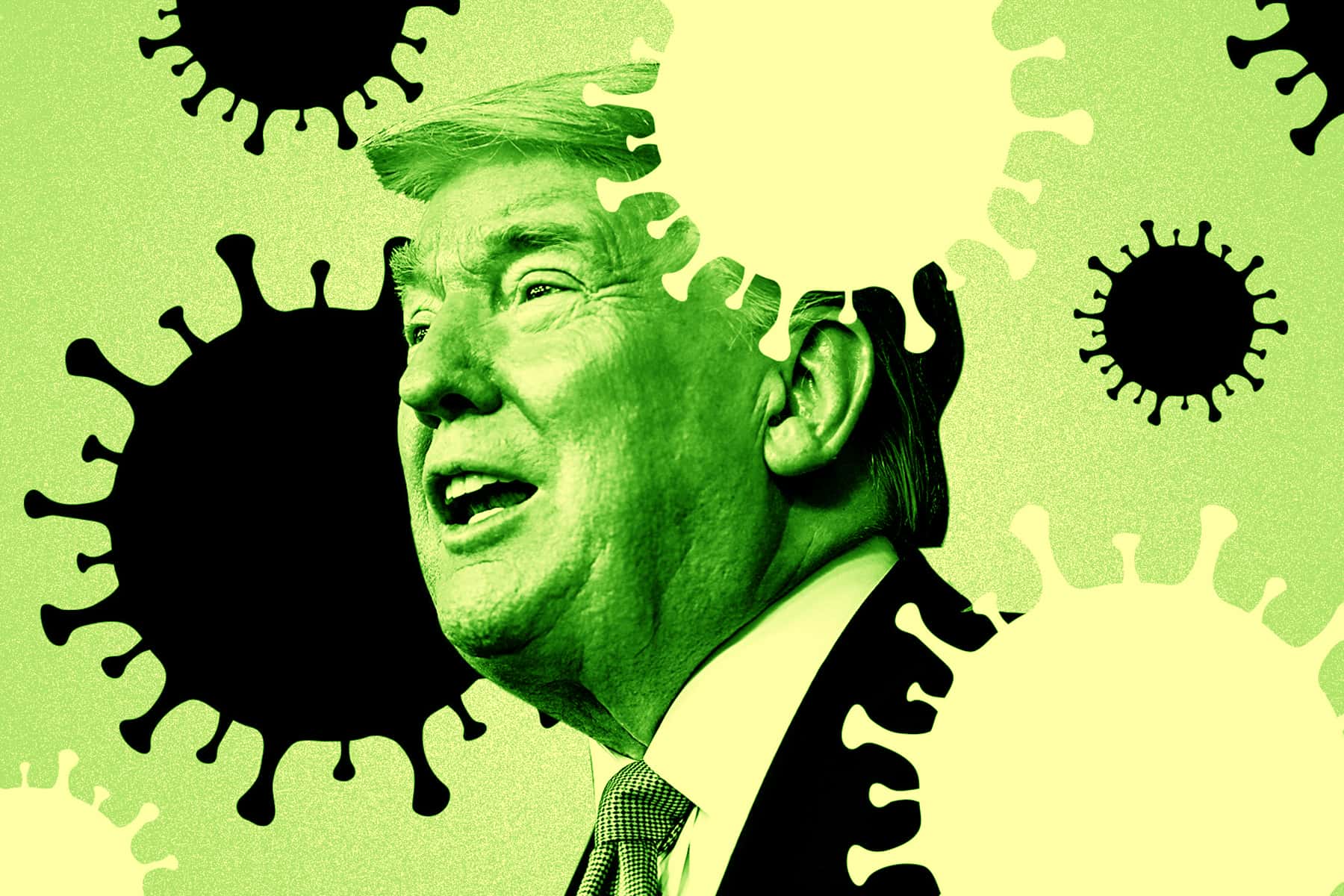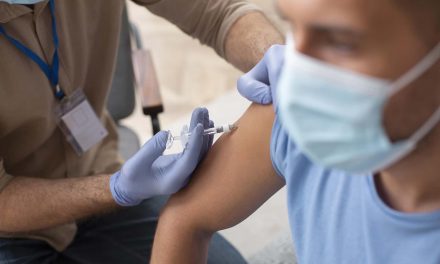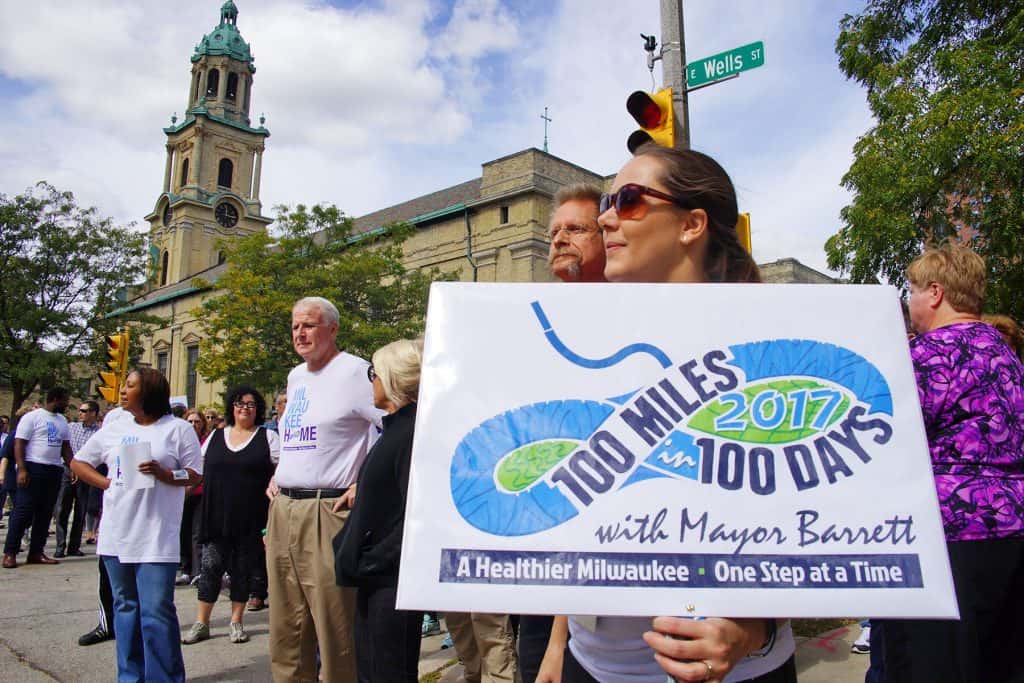
The surprise October 2 announcement that President Donald Trump and first lady Melania Trump had tested positive for COVID-19 sparked an explosion of rumors, misinformation, and conspiracy theories that in a matter of hours had littered the social media feeds of many Americans.
Tweets shared thousands of times claimed Democrats might have somehow intentionally infected the president with the coronavirus during the debates. Others speculated in Facebook posts that maybe the president was faking his illness. And the news also ignited constant conjecture among QAnon followers, who peddle a baseless belief that Trump is a warrior against a secret network of government officials and celebrities that they falsely claim is running a child trafficking ring.
In the final weeks of the presidential campaign, Trump’s COVID-19 diagnosis was swept into an online vortex of coronavirus misinformation and the falsehoods swirling around this polarizing election. Trump himself has driven much of that confusion and distrust on the campaign trail, from his presidential podium and his Twitter account, where he has made false claims about widespread voter fraud, or hawked unproven cures for the coronavirus to supplement his daily stream of lies.
“This is both a political crisis weeks before the election and also a health crisis, it’s a perfect storm,” said Alexandra Cirone, an assistant professor at Cornell University who studies the effect of misinformation on government.
Facebook said that it immediately began monitoring misinformation around the president’s diagnosis and had started applying fact checks to some false posts. Twitter, meanwhile, was monitoring an uptick in “copypasta” campaigns about Trump’s illness.
“Copypasta” campaigns are attempts by numerous Twitter accounts to parrot the same phrase over and over to inundate users with messaging, and they are sometimes signals of coordinated activity. The social media company said it was working to limit views on those tweets.
Nearly 30,000 Twitter users had retweeted a variety of conspiracy theories about the news by within hours of its release, according to an analysis that tracks online misinformation.
Roughly 10,000 of those retweets touted the drug hydroxychloroquine, an unproven treatment for COVID-19, as a treatment for the president. Another 13,000 retweets were related to a QAnon conspiracy theory that the president is going into quarantine while mass arrests of high-profile politicians like Trump’s former Democratic nominee Hillary Clinton were carried out, according to the company’s analysis.
Other social media users were suggesting that Trump’s diagnosis was a hoax aimed at generating sympathy among voters because he was so far behind in many national polls, or even getting out of the next presidential debate against Democratic presidential nominee Joe Biden. Another theory going around suggested that Trump was doing this to have Vice President Mike Pence take over, so he could pardon him after the election and escape the expected criminal investigations after leaving office.
The Trump administration’s credibility problems have come home to roost in the middle of a growing national crisis. The confusion and speculation surrounding his hospitalization comes as a result of Trump’s extensive efforts for years to undermine information sources and erode the public trust.
Аmаndа Sеіtz and Bеаtrіce Dоpuy
Оlіvеr Cоntrеrаs














